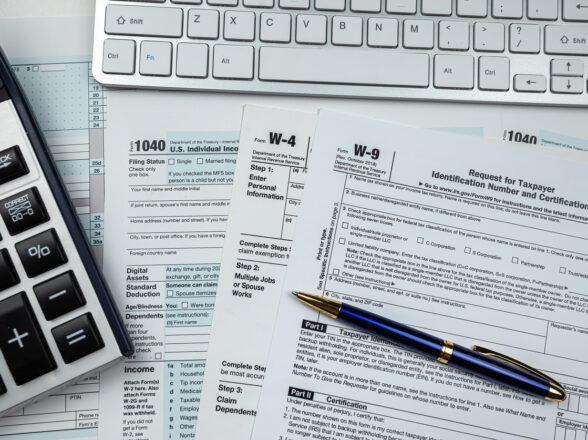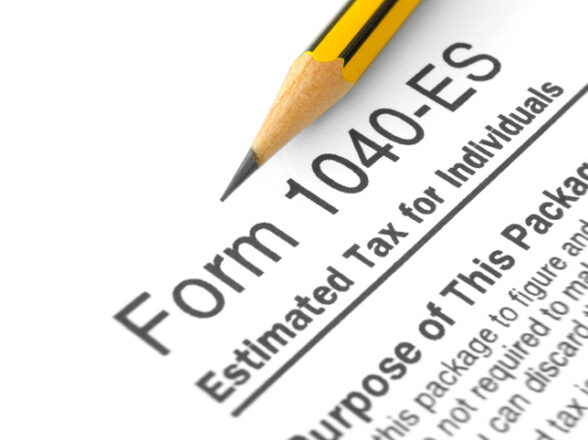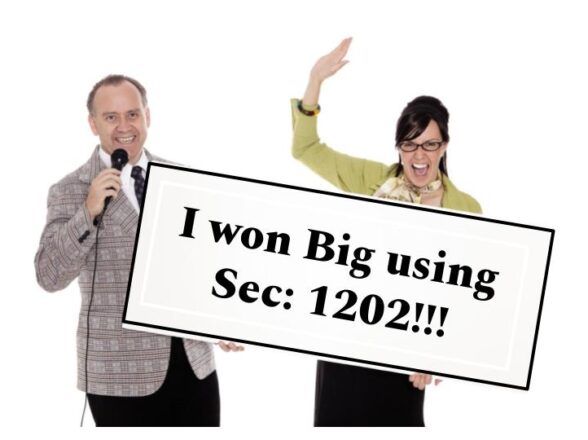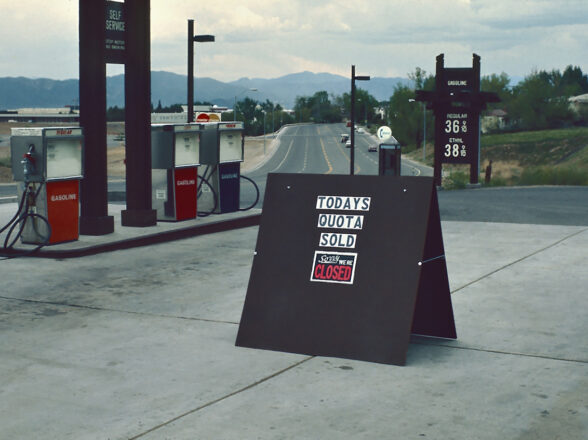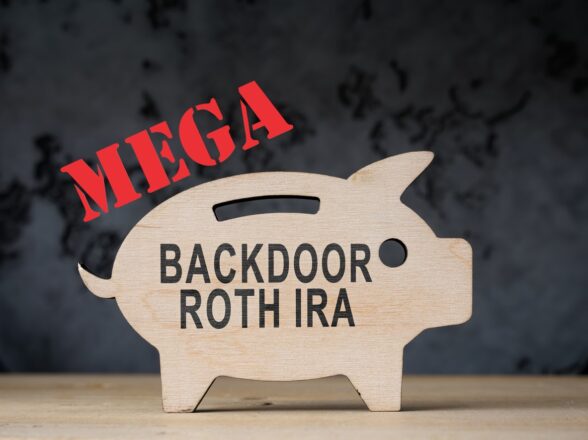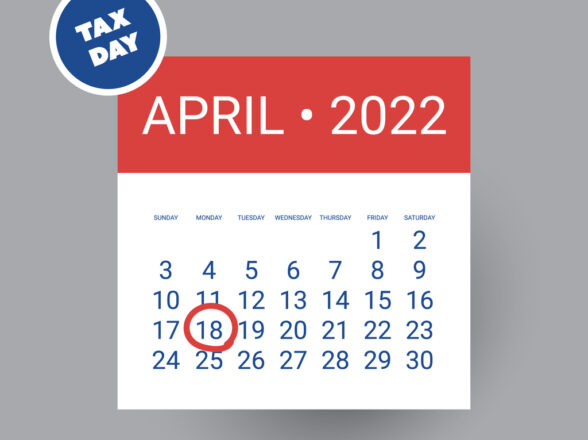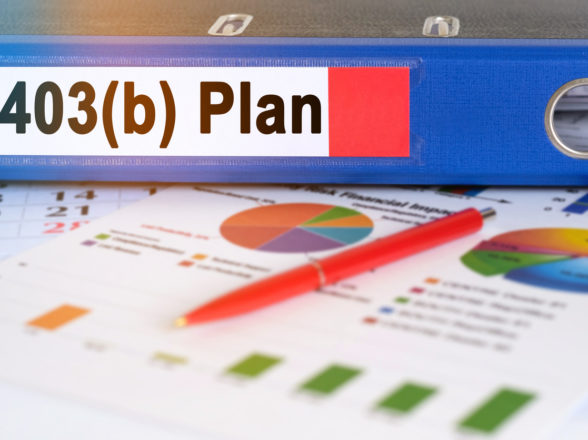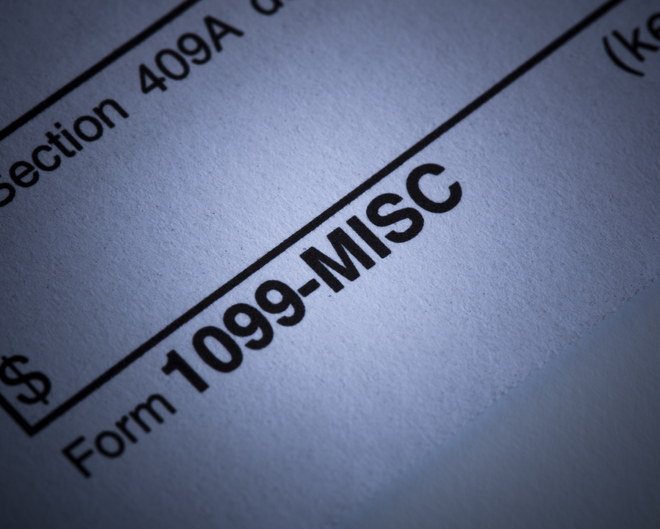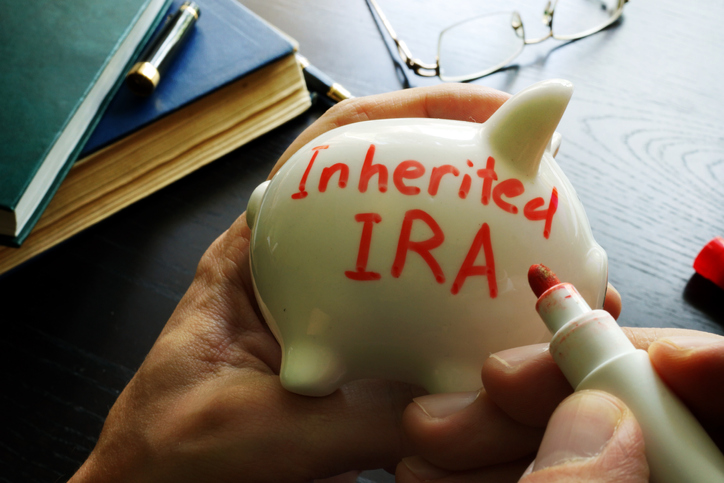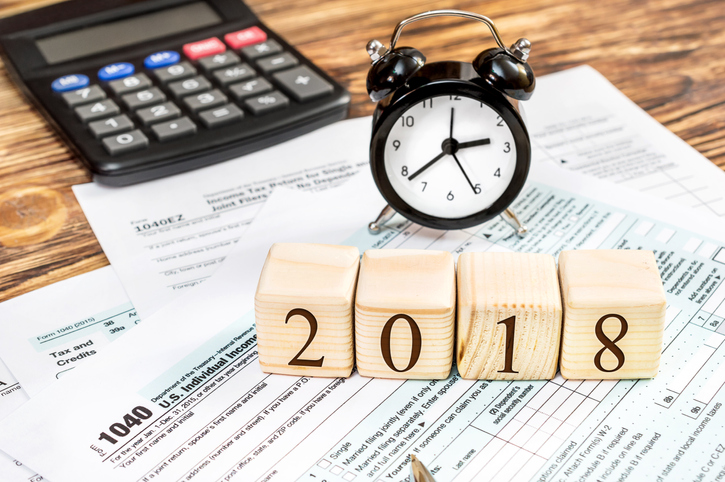Blog
How Does the CARES Act Affect the New RMD Rules?
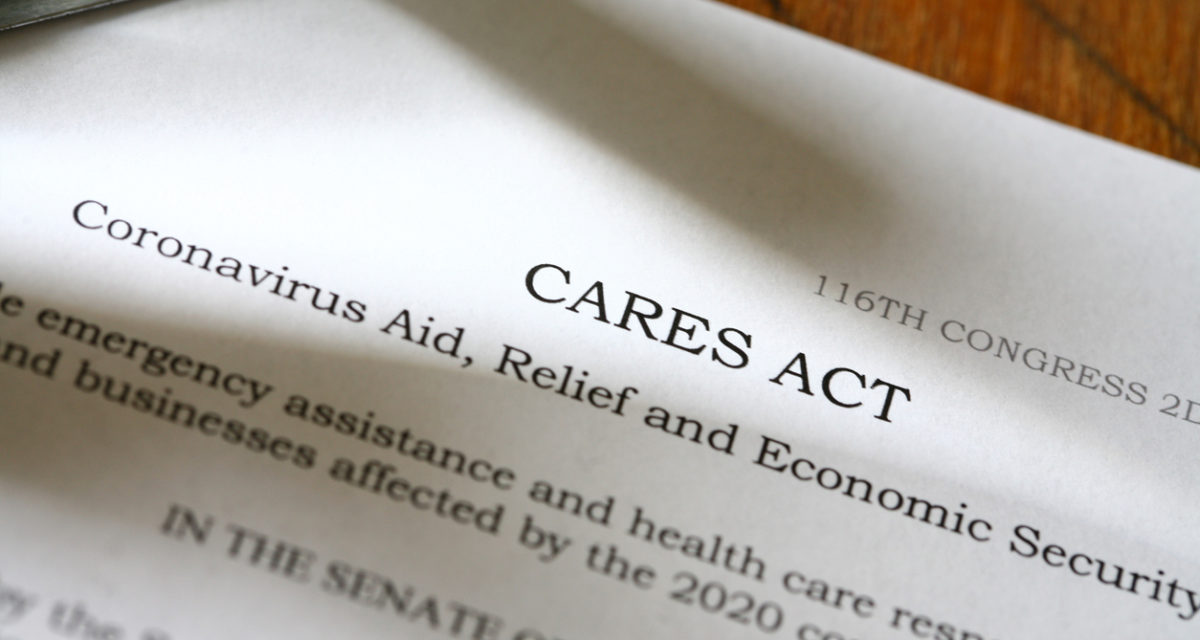
The coronavirus brought about a lot of uncertainty, and even seasoned investors were impacted by the volatile stock market. Retirement investors, in particular, were in a tough spot as the falling security prices meant they were locked in losses as they had to make annual withdrawals. Then the CARES ( Coronavirus Aid, Relief, and Economic Security) act became their saving grace. It waived the 2020 tax year’s RMD obligations allowing them to do two things; avoid the penalty (50%) on their RMD for not taking their distribution and to ride out the market storms.
Thanks to the CARES act, you were not required to take out your RMD from your individual retirement accounts (IRA) last year. However, now the RMD break is over, you need to make a plan for this year’s RMD. This blog covers a summary of how the CARES Act affected the Required Minimum Distributions for IRAs.
A Brief Summary of the CARES Act
First things first, before we get into how the CAREs act impacts your RMDs, here’s a quick overview of what it entails. The Coronavirus Aid, Relief, and Economic Security act was recently enacted as a response to the coronavirus pandemic. This legislation allowed individuals not to take their RMD during 2020…think of it as an RMD vacation. It was a response bill worth $2 trillion and was aimed at providing relief across various stakeholders in the American economy and had far-reaching impacts. For instance, it offered relief related to retirement savings, extended unemployment benefits, and also offered emergency relief for small businesses.
A Quick Overview of the Old and New Rules for RMDs
In this section, we’ll review the RMD basics, the recent changes as well as what this means for you.
If you own an individual retirement account or any other tax-deferred retirement account, you’re required to start withdrawing a certain amount every year after you reach the set age. This amount is referred to as a required minimum distribution (RMD). The RMD rules apply to several accounts, including rollover, traditional, SEP, and SIMPLE IRAs, as well as 401(k)s, 403(b)s, and other contribution plans.
If you fail to withdraw your RMD by the set deadline, you’re liable for a 50% tax penalty on the unwithdrawn amount. This is why the CARES act was such a saving grace for most investors.
How Did RMDs Work Before the Waiver?
During normal tax years, people that own traditional IRAs are allowed to fully invest their money in that account until they reach their early 70s. If you own a 401(k), the same rule also applies to you, but you can stick to the account until you retire from the employer who’s in charge of maintaining your plan.
Then, once you start RMDs, you’ll have the whole year to withdraw the specified minimum amount. You are in charge of deciding when you’d like to withdraw. For instance, you could make a withdrawal at the beginning or end of the year. You could even spread the withdrawals across several months, as long as you complete the RMD by the end of the year.
Normally, failure to take your distribution results in a 50% penalty. For example, let’s assume you’re supposed to take $6,000 RMD, but you forget or choose not to. You’ll end up owing the IRS $3,000 in penalties simply for missing your RMD for the year! This is why 2019 and 2020 were tough years for the investors. They had to make a choice between facing the penalty or taking heavy losses.
What Do the New RMD Changes Allow?
For starters, the RMD starting age according to the new rules is 72 years from 70 ½ to those that turned 70 ½ after December 31, 2019.
The suspension of the RMD rules gave investors flexibility and took the pressure off by giving them additional time before the market recovered. For instance, since the RMD for 2020 was suspended, you could wait until 2021 to take your next RMD.
Here are some of the RMD changes allowed in the CARES act.
- You Could choose to skip your 2020 RMD: this allowance was especially useful if you had scheduled automatic withdrawals. You just had to call your investment firm or plan provider and ask them to suspend your year’s RMD.
- You could conduct a rollback of the RMD within 60 days. There was, however, a catch; if you had done a rollover within the last 12 months, you couldn’t conduct a complete RMD rollback. If you had, however, not taken an RMD between February 1 and 15th May 2020, you had more than 60 days to complete the rollover (until July 15, 2020)
So, how did this suspension impact inherited IRAs? Well, RMDs are usually annual distributions in most cases, such as 401(k)s and traditional IRAs. If your IRAs are inherited, and you’re using the 5-year rule, the IRS gives you a five-year window for you to withdraw the money from the account. However, thanks to the RMD suspension in the CARES act, 2020 wasn’t calculated in the five-year period, giving you one more year to remove the funds. This didn’t apply if you’d already redeemed the funds from the inherited account.
Top Strategies You Should Consider Given the New Rules
Now that the waiver was extended by the new COVID relief bill and RMDs have resumed, you should start making plans for the year to avoid the heavy penalties. We have compiled seven practical tips that will help you plan for your 2022 RMDs.
1. Start calculating your RMDs
You may have the entire year to make your withdrawal, but you don’t have to wait until the very end to calculate your RMDS. The calculations have not changed due to the 2020 suspension, and the withdrawals should be based on your balances. If you had contacted your investment firm and asked them to discontinue your 2020 payments in respect to the RMD suspension, make sure you ask them to resume the automatic payouts to avoid the penalties.
2. Identify the accounts you’d like to tap
If you have multiple traditional IRA accounts, you don’t have to withdraw from each one separately. You can easily calculate the total required withdrawals and then decide to withdraw from one account, preferably the one with higher fees, so that your investment can grow in the account that has better investment options. You should, however, note that this doesn’t apply to 401ks, so you must withdraw from each account.
3. Don’t forget to plan for taxes
Don’t forget that your RMDs are subject to taxes. If your contributions were tax-deductible or pre-tax, when you withdraw, they’ll have to be taxed. There are, however, various ways you can pay for the taxes;
- Withhold the tax money from your RMD payments.
- Pay the quarterly estimated taxes to cover the bills.
- Withhold the money from your other income sources, such as your paycheck or pension.
4. Determine the best time to take the money
This strategy is entirely dependent on your preferences. You should ideally pick a time when you’re unlikely to forget. Alternatively, you can ask your investment firm to pay the RMDs automatically, every month, quarterly, or annually.
5. Consider donating some of your RMD to charity
You can make a tax-free QCD (qualified charitable distribution) of up to $100,000, and if you are over 70½ years, this gift can count as your RMD. This strategy is most useful, especially if you don’t itemize your income tax deductions.
6. Be on the lookout for new RMD changes
Even though the CARES Act only suspended the 2020s RMD, you should be on the lookout for any relief that may be passed by congress.
FAQ Section
1. Should I take more than one RMD to compensate for the one I didn’t take in 2020?
No. The 2020 waiver completely negated the need to take your RMD for the year. If you had paused your automatic withdrawals, you just need to restart them for this year.
2. Do I have to take my first RMD by April 1, 2021, If I turned 72 in 2020?
According to the SECURE act, you should start taking your RMD by the age of 72 years. This means that if you were born after July 1, 1949, April 1, 2020, should have been your first withdrawal. The IRS guidance, however, clarified that this RMD had also been waived, so you’d take your first RMD by December 31, 2021.
3. If the RMD for my inherited IRA was distributed in December 2020, can I roll it back?
No. The rollbacks for non-spouse beneficiary inherited IRA withdrawals could only be rolled back by the end of August as long as they had been taken before then.
Start Planning for Your 2022 RMDs Today
The 2020 RMD waiver is no longer in place, but if the market volatility resumes, it could resume. There’s, however, little chance of that happening, and the best option is to start strategizing now. If you don’t need your RMD early in the year, you could adopt a wait-and-see approach to see whether congress passes another relief bill. Just make sure you take your distribution within the set timeframes to avoid the penalties.
Please reach out to us should you have any questions on how to navigate this ever-changing landscape for RMDs.















